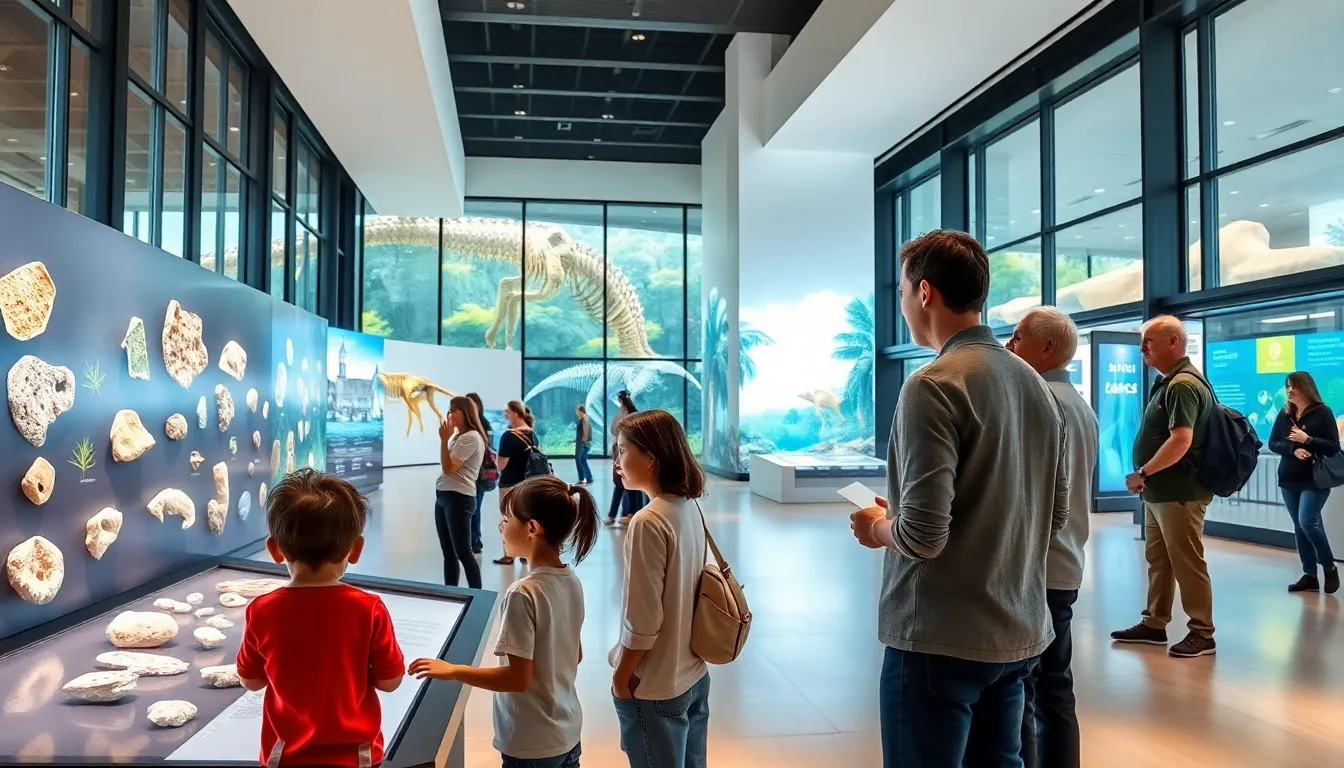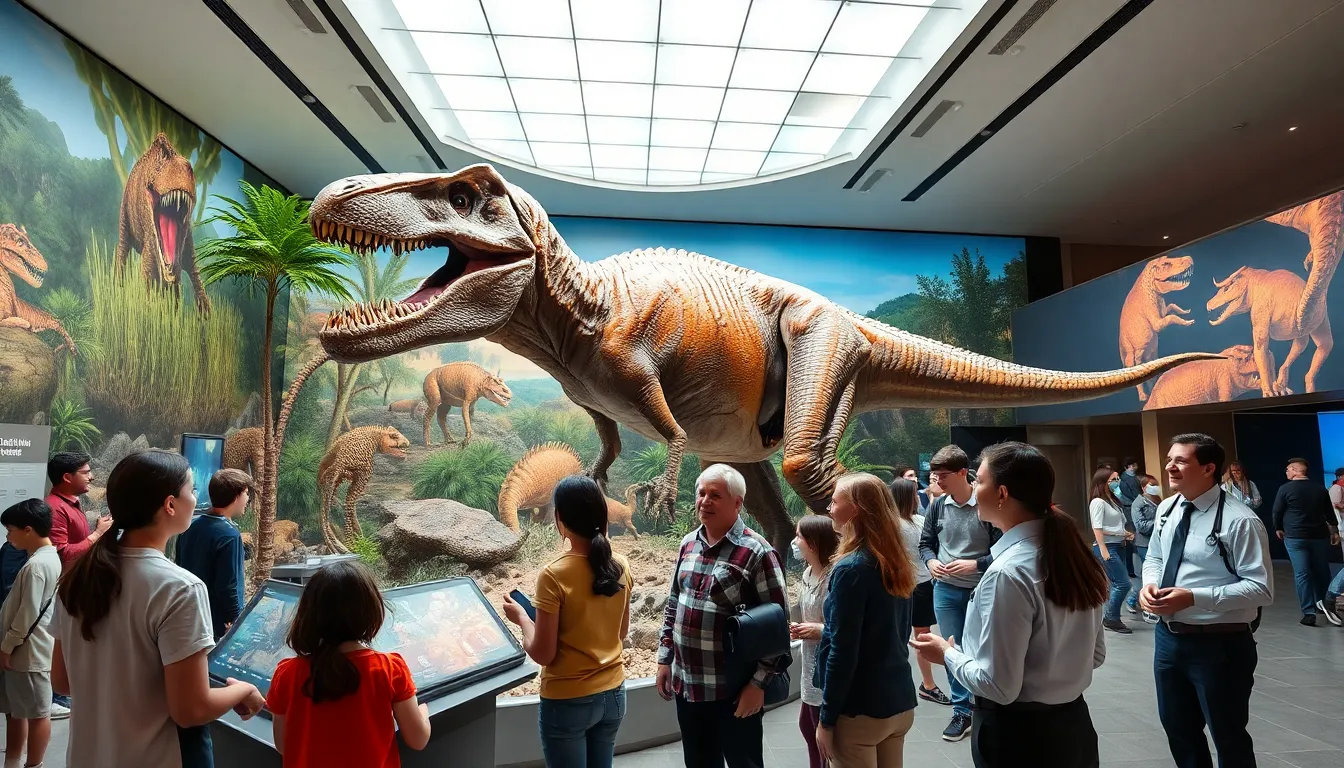When was the last time you wondered how a T-Rex fit into the history of humanity? Life science museums are where that journey begins. These fascinating institutions aren’t just about stuffed animals and aged bones. They brim with tales of evolution, technology, and the importance of science, making them essential not only for education but also for society’s commitment to conservation. Buckle up as we take you through the evolving world of life science museums, where every exhibit tells a story.
Table of Contents
ToggleA Brief History of Life Science Museums

Life science museums have roots that run deep, dating back centuries. Presenting natural history to the public began in the age of Enlightenment, when scholars sought to make scientific knowledge accessible.
Key Milestones in Their Development
The first significant milestone occurred with the establishment of the British Museum in 1753, which set the stage for public displays of natural history, including fossils and botanical specimens. The 19th century saw a surge in similar institutions worldwide, driven largely by increased exploration and interest in biology. Fast forward to the late 20th century, and we see life science museums evolving into dynamic spaces, utilizing modern curation techniques that transform static displays into engaging narratives of life on Earth.
The Role of Technology in Modern Exhibits
Today, technology plays a pivotal role in how these museums communicate and educate. Interactive installations, virtual reality experiences, and multimedia displays breathe life into exhibits, capturing the attention of visitors and igniting their curiosity. Imagine stepping inside a digital recreation of a prehistoric environment. Each advancement not only enhances visitor experience but also elevates the educational mission of these institutions.
Benefits of Life Science Museums to Society
Life science museums serve as crucial pillars in society, contributing significantly to education and conservation efforts.
Educational Impact on Visitors
These institutions inspire curiosity and understanding of complex biological concepts among visitors of all ages. Engaging exhibits and knowledgeable staff help learning experiences that go beyond textbooks. Research shows that people retain information better when they can experience it firsthand, making life science museums effective educational hubs.
Promoting Conservation and Sustainability
Also, they play a vital role in promoting awareness about conservation and sustainability. Through engaging narratives, life science museums encourage visitors to reflect on their relationship with the environment. Whether it’s through conservation-themed exhibits or interactive discussions about endangered species, these museums foster a commitment to preserving our planet for future generations.
The Digital Transformation of Museums
The digital era has ushered in exciting changes in how life science museums operate and connect with audiences.
Integrating Multimedia and Interactive Experiences
Multimedia resources enrich the visitor experience, making complex scientific topics more relatable in an age where attention spans are shorter than ever. From augmented reality apps that allow visitors to visualize species in their natural habitats to touchscreen displays that help deeper dives into scientific data, the digital transformation equips museums to engage diverse audiences.
Enhancing Accessibility Through Online Platforms
Online platforms have also broadened access. Many museums now offer virtual tours, allowing users worldwide to experience their exhibits from the comfort of home. This move towards digital accessibility breaks down barriers and ensures that everyone, regardless of geographical or physical limitations, can learn about life science.
Future Trends in Life Science Museums
As society evolves, so do the expectations for life science museums, igniting new concepts and practices.
Embracing Inclusivity and Diversity
One promising trend is the intentional embrace of inclusivity and diversity. Museums are increasingly recognizing the value of diverse perspectives and narratives. By including voices and experiences from various communities, they enrich the understanding of life sciences, contributing to a more nuanced discussion of topics like biodiversity and environmental justice.
Innovations in Visitor Engagement
Also, innovations in visitor engagement are on the rise. From gamified learning experiences to community-led programming, museums are transforming the way they connect with visitors. Offering various ways to learn and interact means that each visit can be unique and tailored to individual interests, ensuring ongoing engagement.

